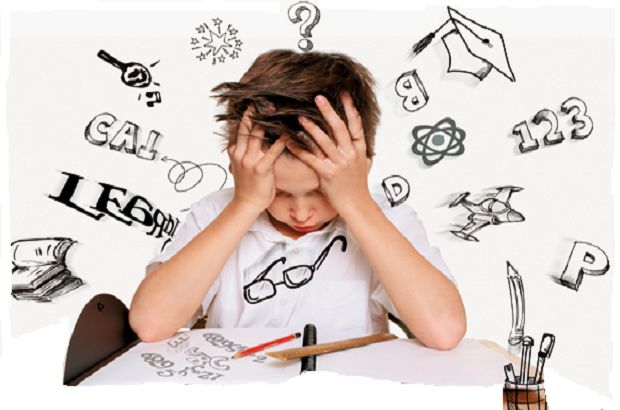
Learning Disabilities in Children are real and should be acknowledged
When you see an ophthalmologist for your vision problems, a series of tests are done to check your eyes for signs of infection. The results of these tests help make a diagnosis and plan the right treatment: glasses or just eye drops. Likewise, psychologists and psychiatrists conduct tests to understand how people work and behave to diagnose and receive appropriate treatment for mental health problems.
Learning disabilities are issues that affect how people receive and process information. children with a learning disability may have one of the following problems:
Reading
Writing
Calculating
Understanding the directions
The difficulty of learning has nothing to do with a person’s intelligence. Instead, people with learning disabilities may see, hear and understand things differently. This can make everyday tasks such as studying for exams and concentrating on classes difficult.
Types of Learning Disabilities
There are different types of learning disabilities and they have different effects on different people. It is important to note that Attention Deficit Hyperactivity Disorder (ADHD) and Autism Spectrum Disorders are not the same as learning disabilities.
The main types of learning difficulties are:
Integrated motion disorder: Integrated movement disorders affect a person’s athletic performance. Athletic skill helps with movement and coordination. Children with movement disorders may have difficulty hitting something, holding a spoon, or tying shoelaces. After that, you may have typing or typing problems. Other issues related to integrated movement disorders include:
Hypersensitivity to light, touch, taste, or smell
Hard to move eyes
Dyslexia: Dyslexia can affect the way a person processes a language, making it difficult to read and write. It can also cause grammar and reading comprehension problems. Children may have difficulty expressing themselves or summarizing their thoughts during a conversation.
Dysgraphia: Dysgraphia affects a person’s writing ability. People with dysgraphia can have a variety of problems, including:
Bad handwriting
Spelling problem
Becomes hard to write thoughts on paper
Dyscalculia: Dyscalculia affects a person’s computing power. There are many forms of dyscalculia and symptoms vary from person to person. In young children, dyscalculia can interfere with learning to count and recognize numbers. As a child grows, it can be difficult to solve basic math problems or memorize things like times tables.
Auditory processing disorder: This is a problem with how the brain processes the sounds people pick up. It’s not due to hearing loss. People with this disability can have problems.
Learning how to read
Distinguishing between noise and background noise
Following the voice instructions
Knowing the difference between words with similar pronunciation
Compromise of visual processing: Visually impaired people have difficulty interpreting visual information. It can be difficult to read or distinguish between two objects that look similar. Visually impaired people often have problems with hand-eye coordination.
Diagnosis of learning difficulties
Learning disabilities can be difficult to diagnose because there is no definitive list of effective symptoms for all children. Also, many children try to hide the problem. You may not find this as obvious as your homework or frequent complaints about children who are reluctant to go to school. A learning disability assessment helps schools determine what learning problems their children have, how severe they are, and what early interventions are needed to prevent them from getting worse. Testing is an important part of determining whether a child has a learning disability and is eligible for a special education program.
You may be afraid that your child will be diagnosed with a learning disability. However, the sooner the problem is identified, the sooner the child will receive the support needed to deal with the impact of disability on academic performance and school behavior.







